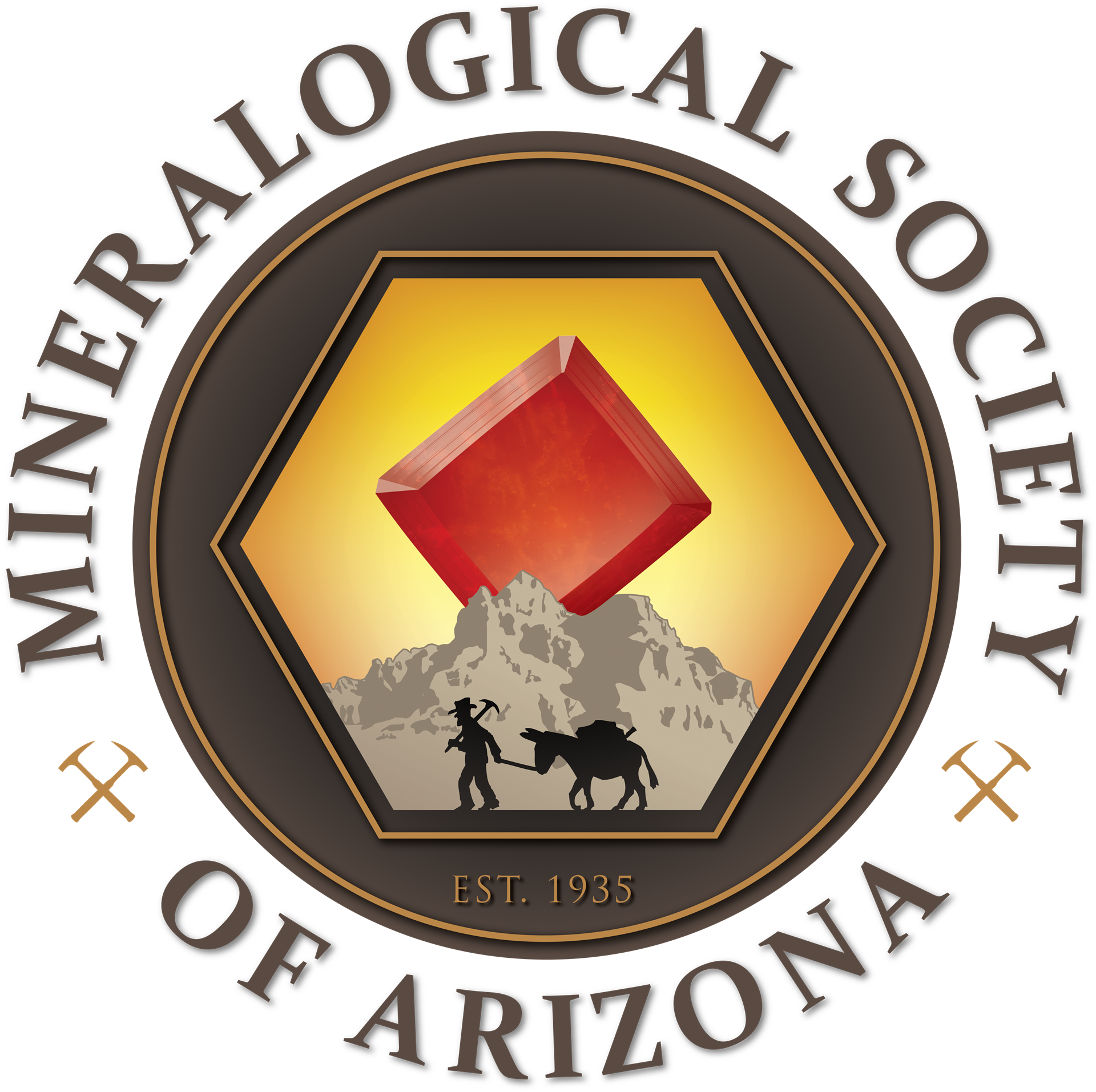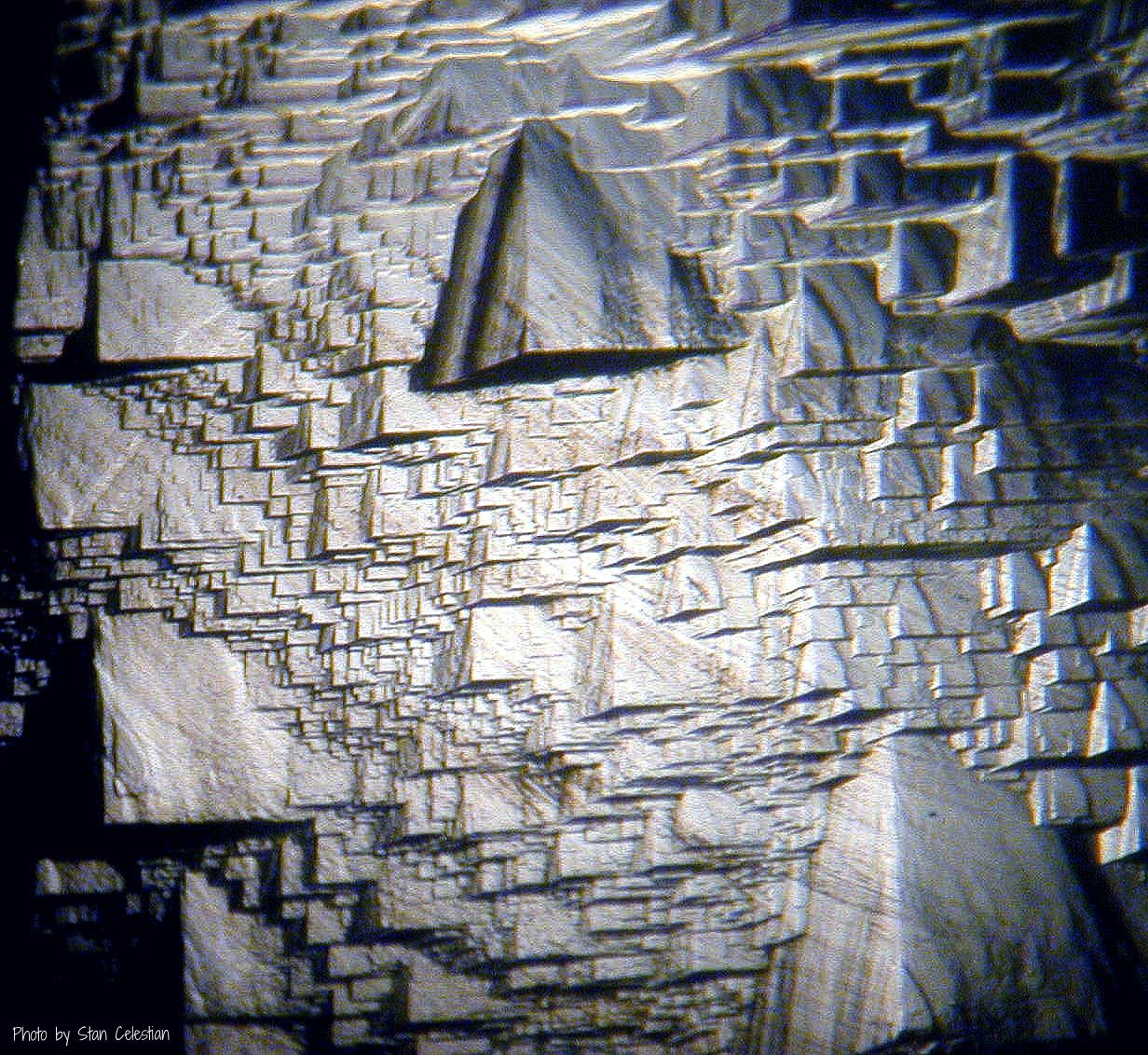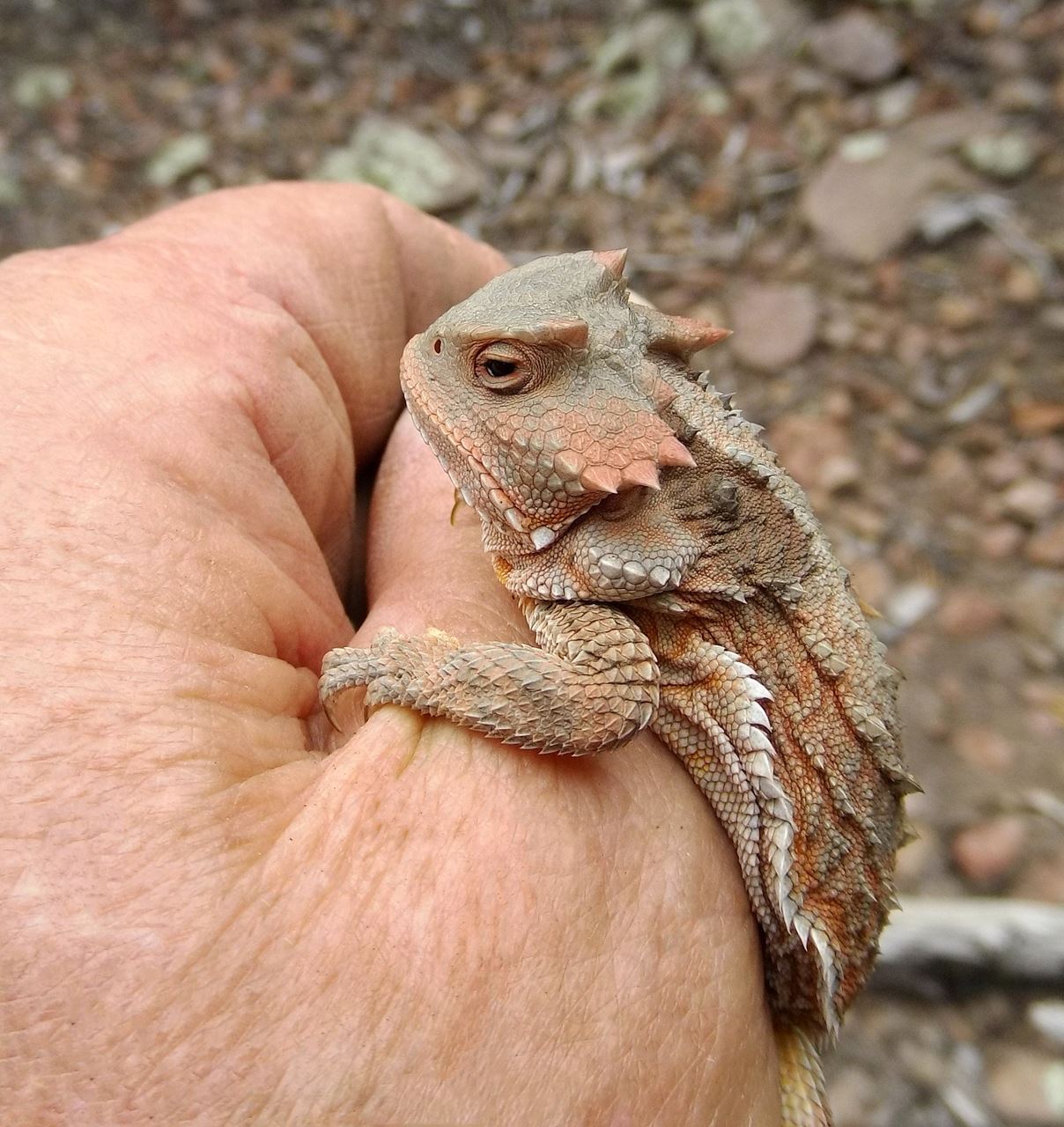
MSA FIELD TRIP INFORMATION
DIAMOND POINT QUARTZ
MSA MEMBERS ONLY
MEET TIME: 9:30 AM outside Payson (meeting location will be sent after registration: (SCROLL TO BOTTOM OF EMAIL FOR MEET-UP DETAILS IF YOU ALREADY REGISTERED)
END TIME: The trip will end by 3PM or whenever you want to depart.
LIMITED TRIP: No Limit
TRAVEL NOTE: Please allow at least 1/2 hour more time than normal to get to the meeting spot. The delays may not be noted on the state of Arizona highway condition website.
VEHICLE: Almost any vehicle can make this trip.
TRIP DEMAND LEVEL: Easy to Moderate
SAFETY: Arrive with full tank of Gas and Good Tires. Safety Glasses, Gloves, and Personal PPE. Please bring a whistle in case we need to find you or gather up the participants.
LIST OF TOOLS NEEDED: Rake, Small Shovel, Sifter, Rock Hammer, Large Shovel, Sledge Hammer.
RECOMMENDED: Sunscreen, Hat, Water, Lunch, Bug Spray, Bucket, First Aid Kit, Sturdy shoes or boots, and normal day hiking items.
MATERIAL: Quartz like Herkimer Diamonds from New York
TRIP LEADER: Chris Whitney-Smith
RSVP REQUIRED by Thursday @ 6 PM - MSA & Daisy MTN Members Only
CANCELLATION: Trip Leader can cancel the field trip due to low participation (under 5 members RSVP) or weather or road conditions.

These are the sort of crystals we will hopefully find. The biggest (in the back) is about two inches long. The have nice sharp crystal faces are are all nearly complete and doubly terminated. Most of the imperfections on these crystals are contact points. Places the crystal grew -in contact - with the pocket or other crystals. You will find lots of broken crystals and fragments, but this is what you strive to find.

This is a close up view of a rhombohedral (pyramidal) faces. These are little bumps called growth hillocks. They are fairly common on quartz crystals and especially those from Diamond Point. They are best seen when light is reflected from the rhombohedral faces. Here is a link to some more information on quartz crystal faces. http://www.quartzpage.de/crs_forms.html

Amethyst crystals have also been found at Diamond Point. Although not common, they are always a welcome find. This picture also shows where the crystals were originally found, i.e., in pockets within the limestone. Just by wandering around the forest you may find a few crystal loose at the surface. These crystals were formed in the pockets, but being more durable than the limestone and calcite (also found in the pockets) they survive weathering and erosion to accumulate at the surface. Obviously, there were more common years ago, but by careful searching, the collector will be able to find some.

This is a clear quartz crystal in a pocket with calcite crystals. Normally it is better to collect "matrix" specimens, although the matrix (limestone) in this sample is just a little too big. This one was obtained by breaking a limestone boulder. (Bring a big hammer.)

Keep your eyes open for these little critters. This is the GREATER SHORT-HORNED LIZARD - Phrynosoma (Tapaja) hernandesi. They are harmless and interesting to look at and photograph. This one looks a little irritated with me. (I think they always look a little bit miffed.)